On the western coast of India lies a small, sleepy town called Thalassery. Once an important center for trade, it brought to its shores merchants from as far as Rome in ancient times, to the Portuguese in the 15th century, all vying for that precious commodity at the heart of the spice trade––the Tellicherry pepper (or, black peppercorn).
These days, Thalassery is unremarkable in most respects except for its cuisine, which bears testimony to its colorful past. The food draws inspiration from the Dutch, Portuguese, Arabs, Malay and British, all of whom have come to the region at various points in history for trade, and influenced local culture in many ways. As a result, it’s possible to find a Portuguese dessert commonly made in monasteries during the Middle Ages served in Thalassery homes today.
At the heart of this cuisine is the fresh and varied seafood that is available abundantly throughout the year. Fishing plays an important role not just in the cuisine, where it takes center stage, but also in the economic and social fabric of the town. The marine industry is key to the local economy, and for many, fish is a cheap means of sustenance. It is also, however, seen as a symbol of prosperity, and kilos of freshly caught fish, plump shrimp or live crabs are considered ideal gifts when visiting someone’s home.
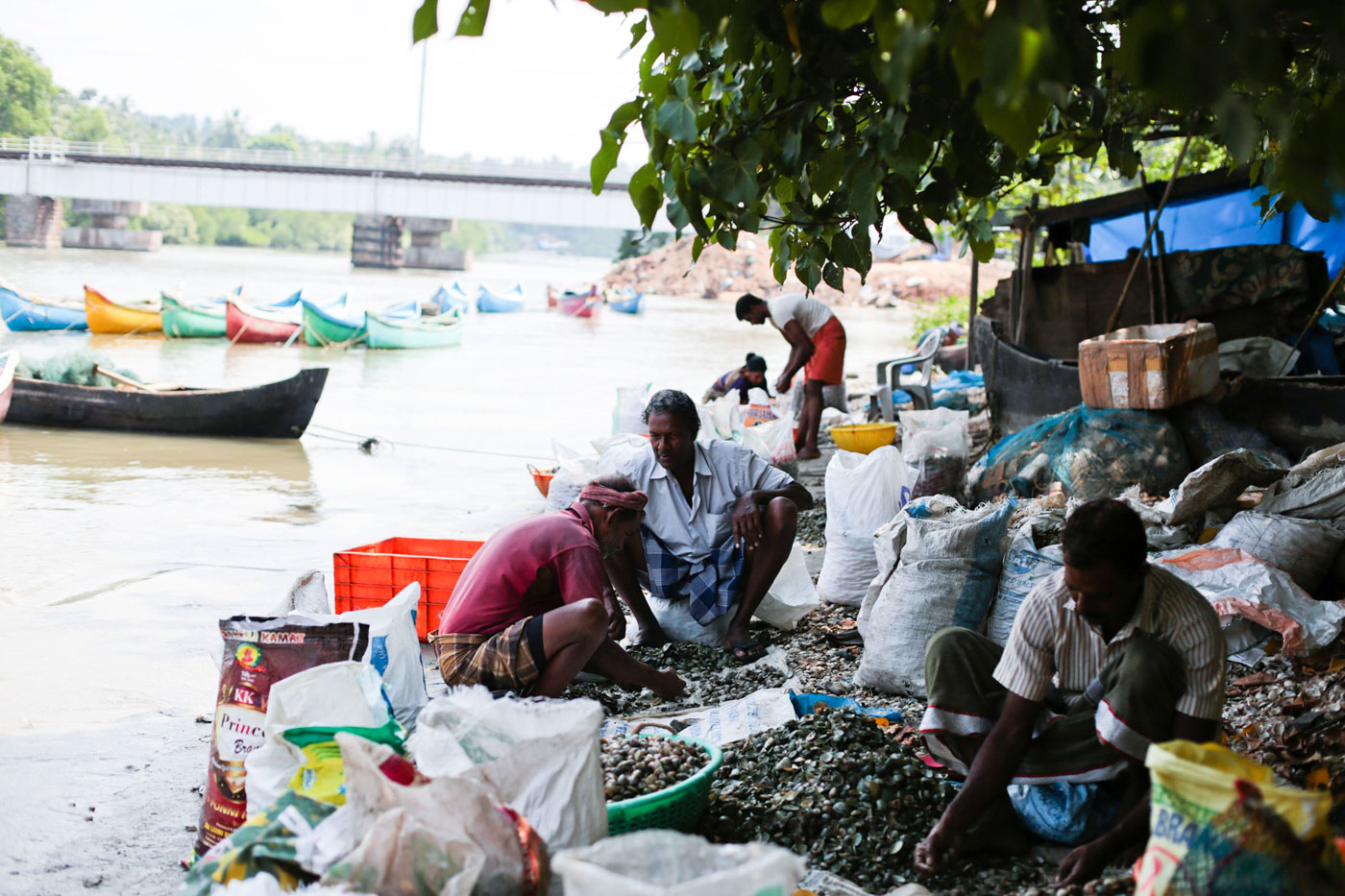
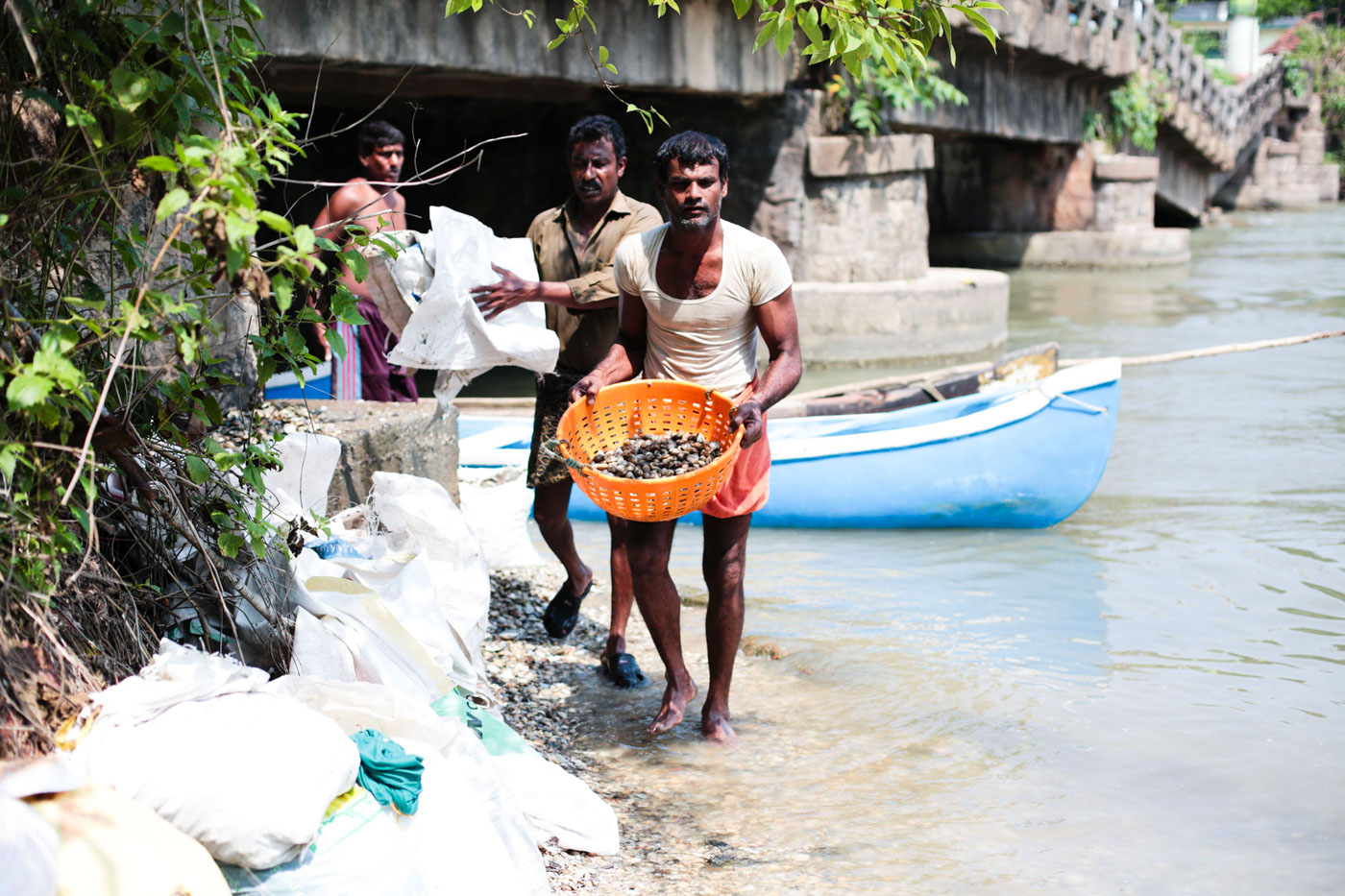

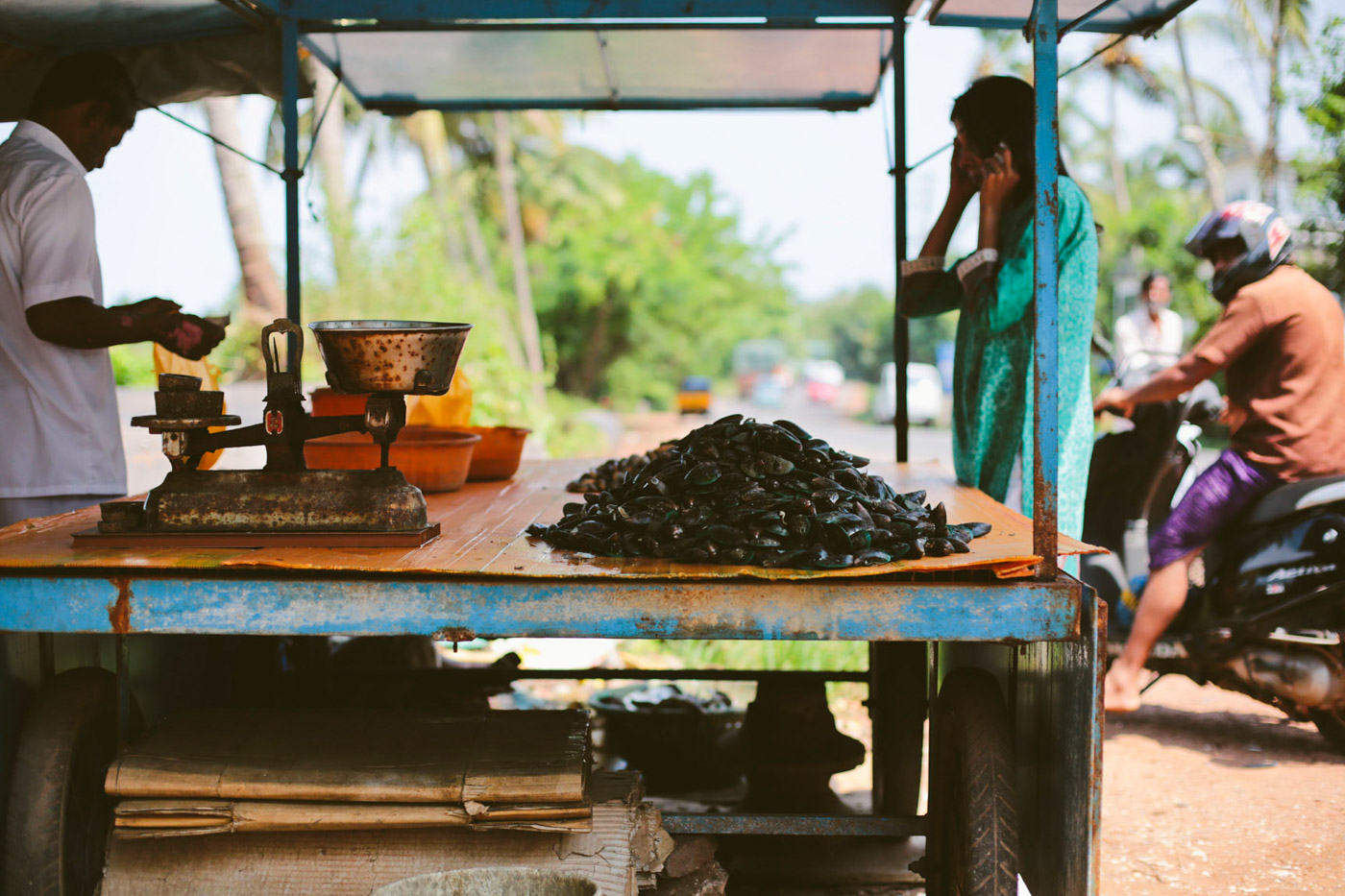
On highways and under bridges, one is never far from fresh seafood in Thalassery. All over town, fishermen set up rickety stalls to sell their still-writhing catch by the roads, sometimes hanging them from hooks to attract travelers passing through town. Oysters piled high in straw baskets are shucked in front of the customer and sold by the kilo.
The fish market in Thalassery is the center of much chaos and activity. The space rings with the sound of customers bargaining with vendors; cleavers coming down on wooden blocks, slicing through bony fish; oysters being shucked, and loudest of all, friendly neighborhood banter being exchanged between customers.
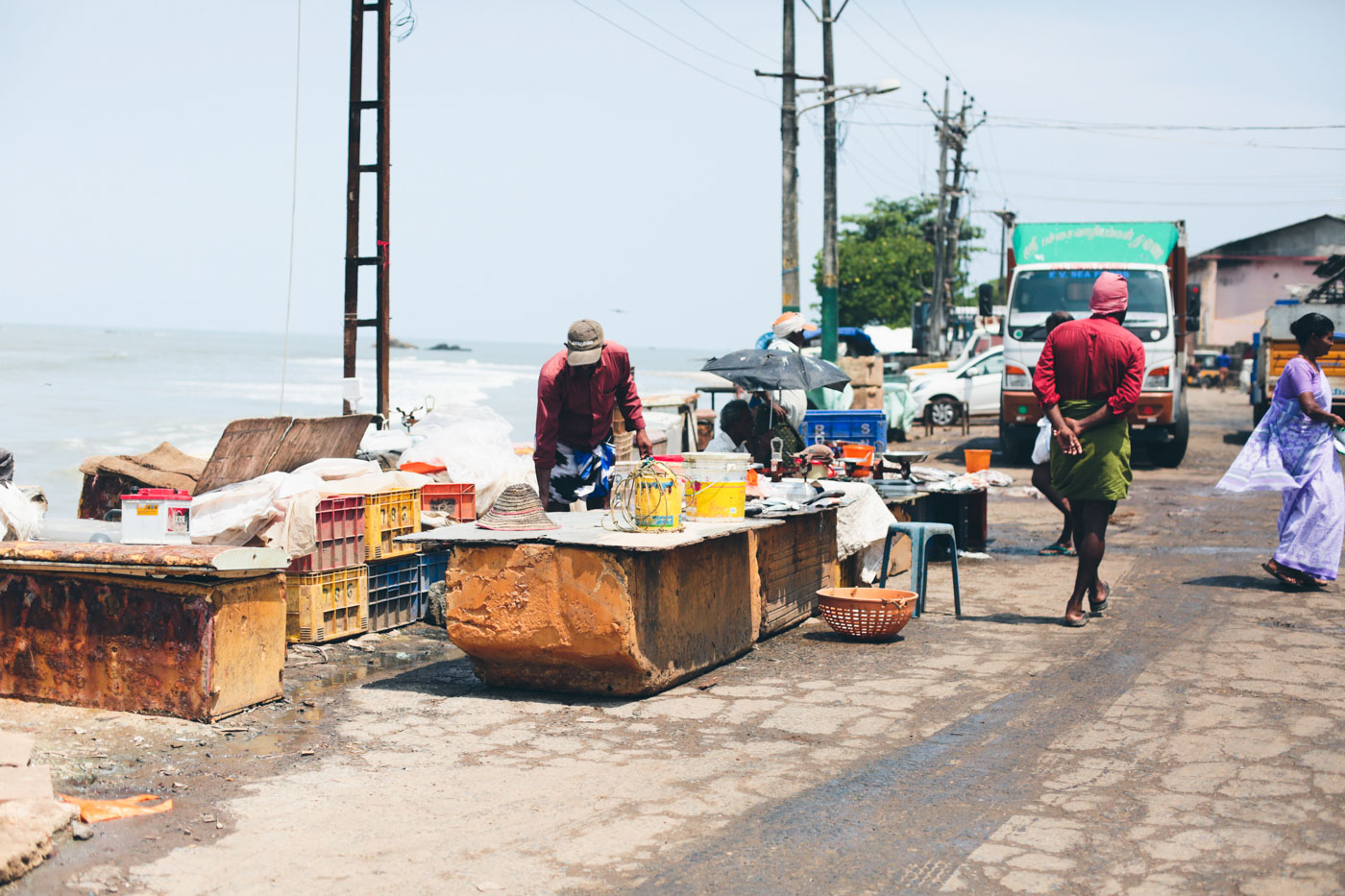
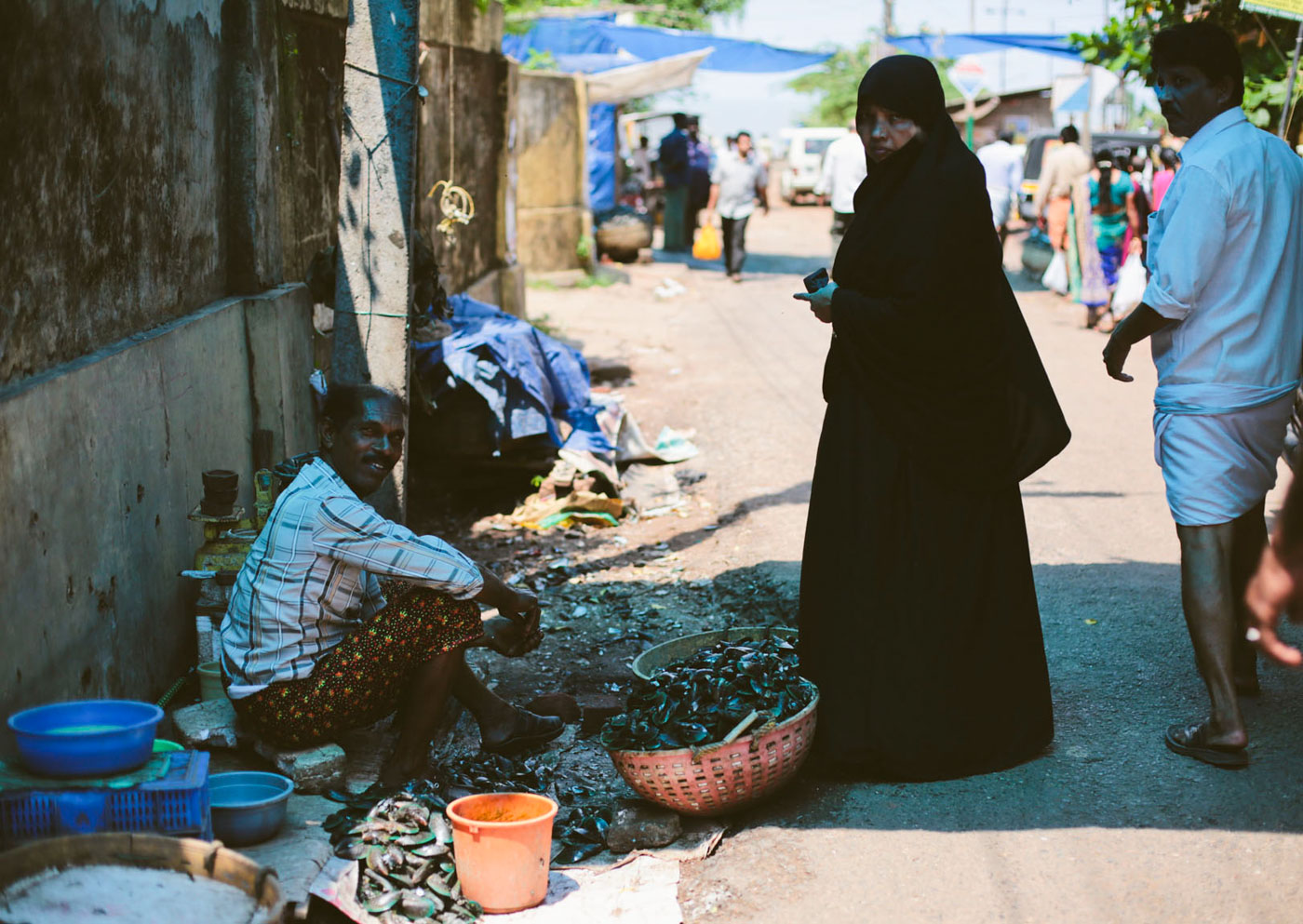
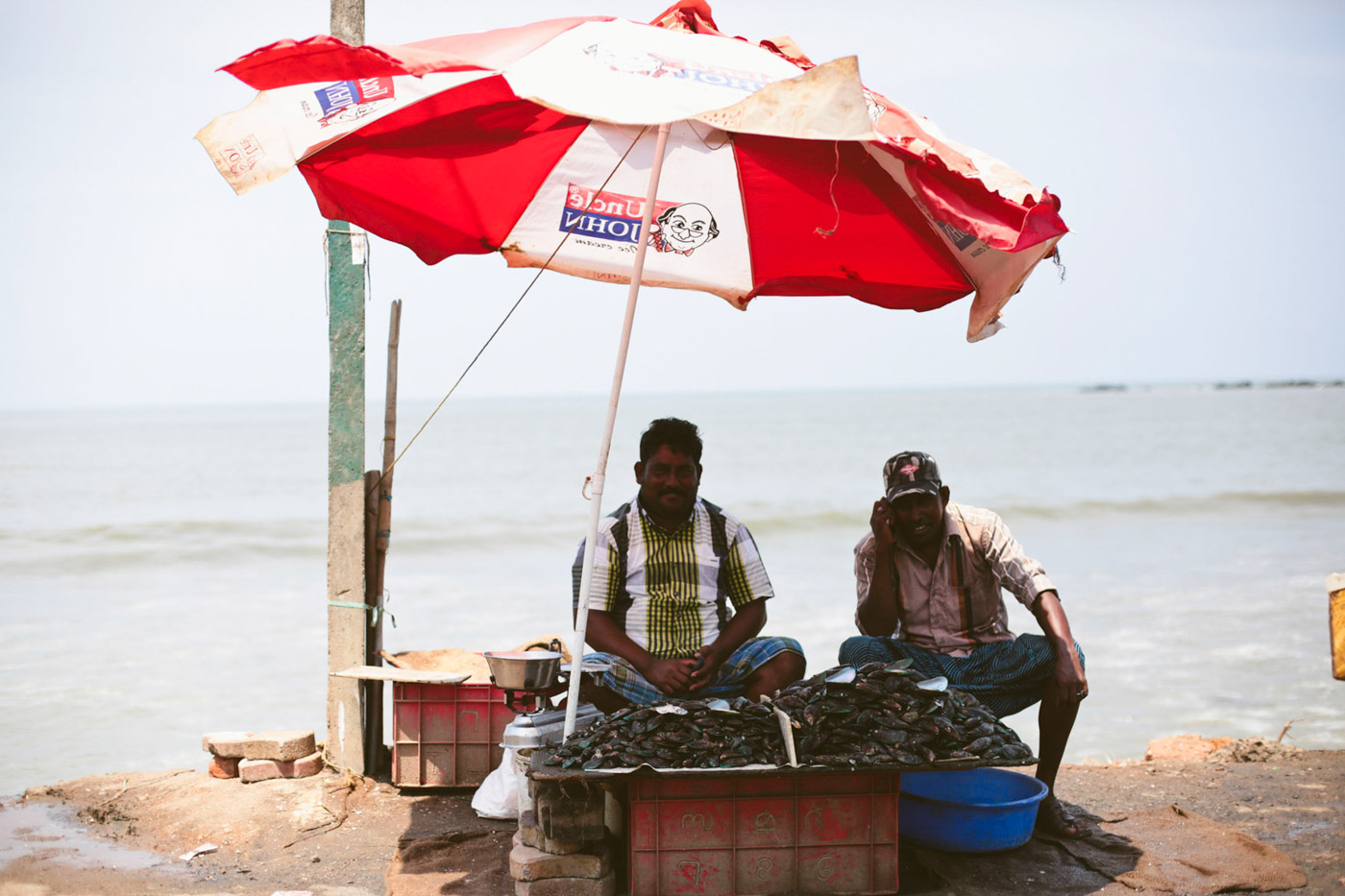
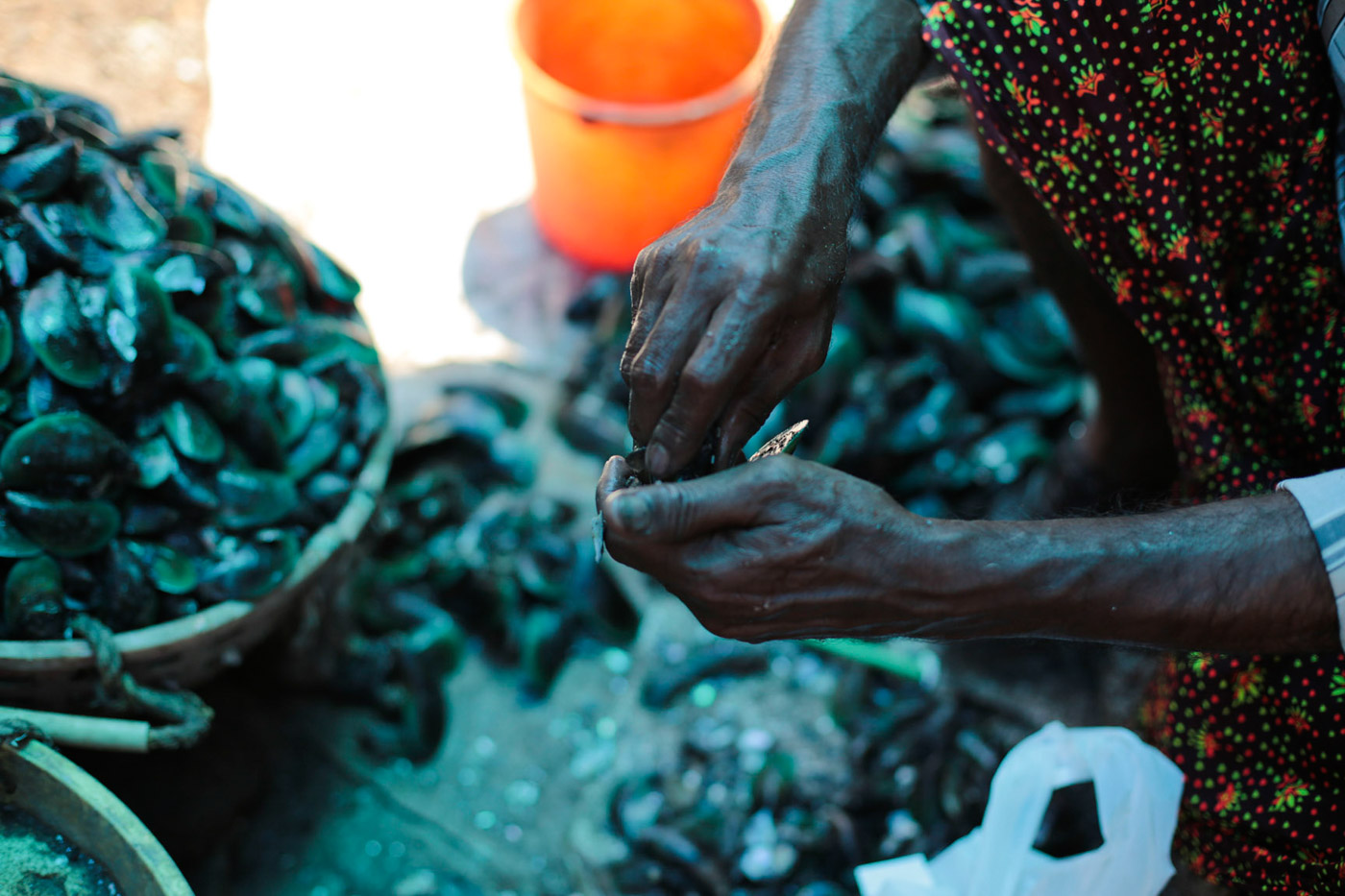
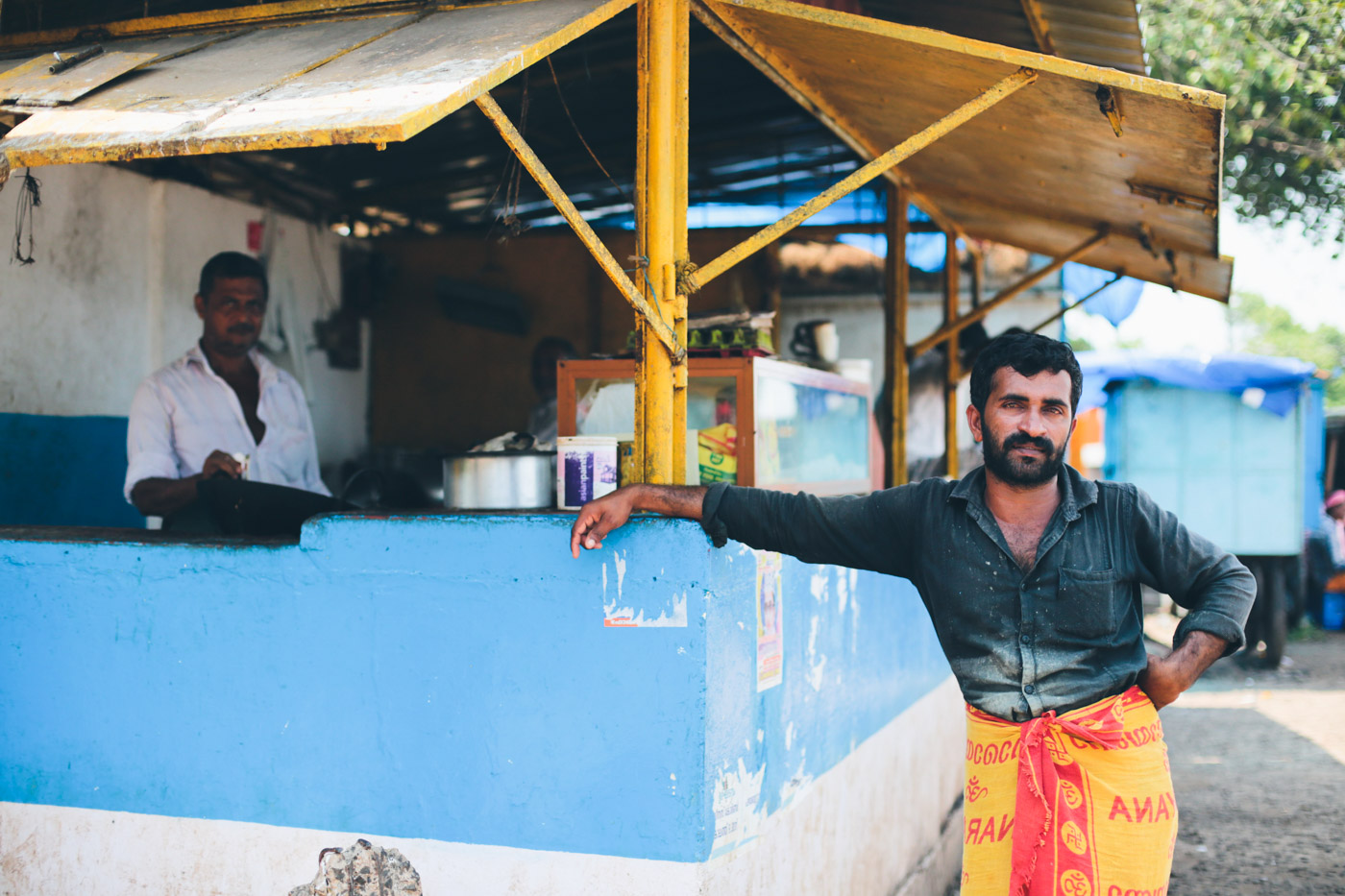
The mood in the alleyways surrounding the fish market is equally energetic, cheerful and rowdy. Vendors selling smaller catch like anchovies and sardines sit atop wooden boxes, under large umbrellas to shield from the blazing sun, smoking cigarettes. Sharing space with the fresh fish are stalls lined left-to-right with salted and cured fish. Tuna, eel, shrimp, baby shark and mackerel––as well other lesser-known creatures––lie side by side, providing an impressive window into the marine life of the Arabian Sea.
From a little way off, the smell of something spicy and delicious emanates from a bright blue cart. On the counter sits a glass case filled with a pyramid of stuffed and fried mussels. The source of the spicy aroma sits behind the case where a small but efficient burner is set up to fry fresh mussels stuffed with rice, coconut and coated in a chilli batter. Arikadukka, the most popular preparation for mussels in this region, is soft and pillowy, slightly sweet from the coconut and fiery from the chili. With a glass of hot, milky chai, it is the perfect snack over which to linger after an afternoon spent haggling in the fish market.
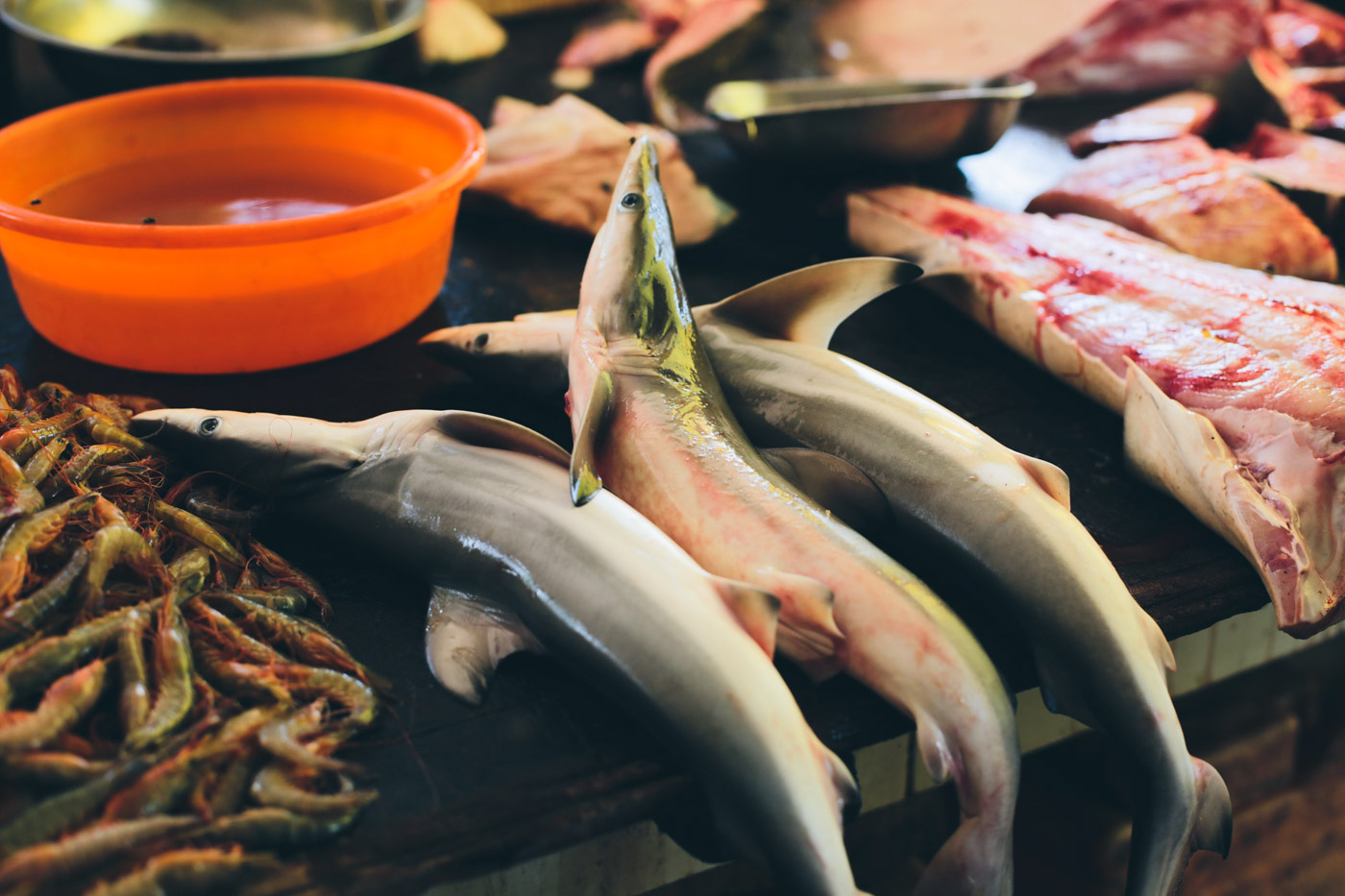
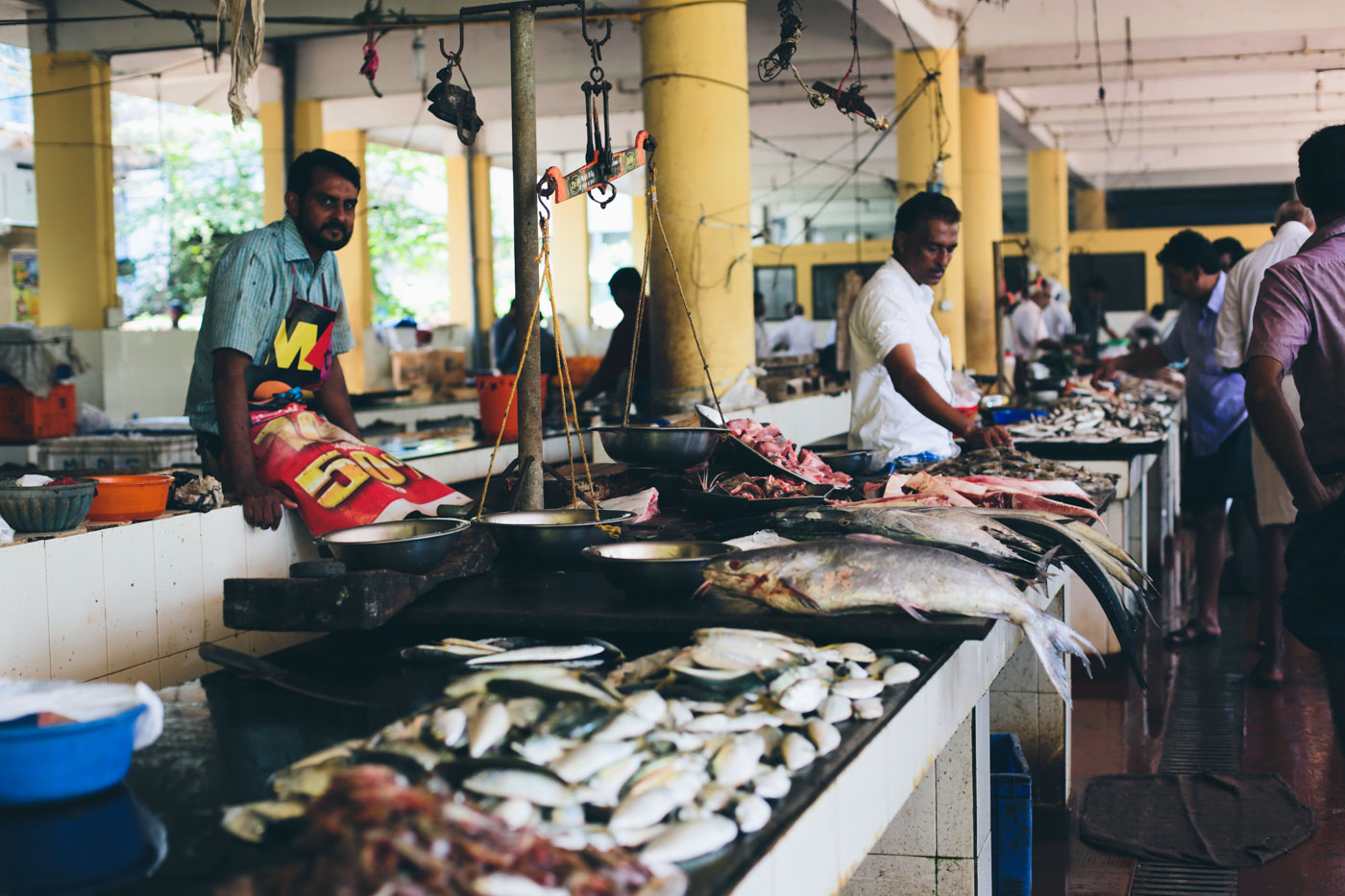
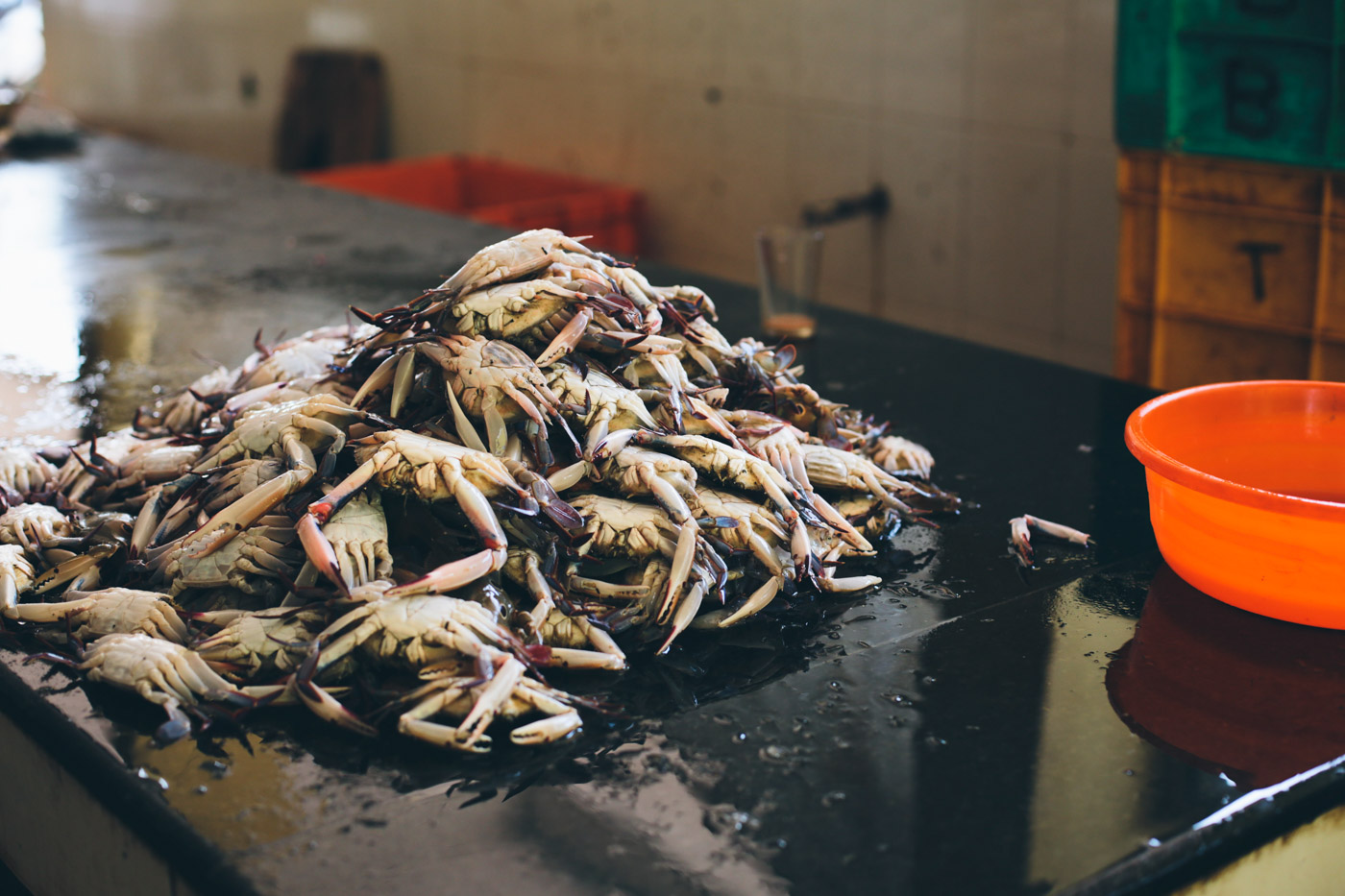
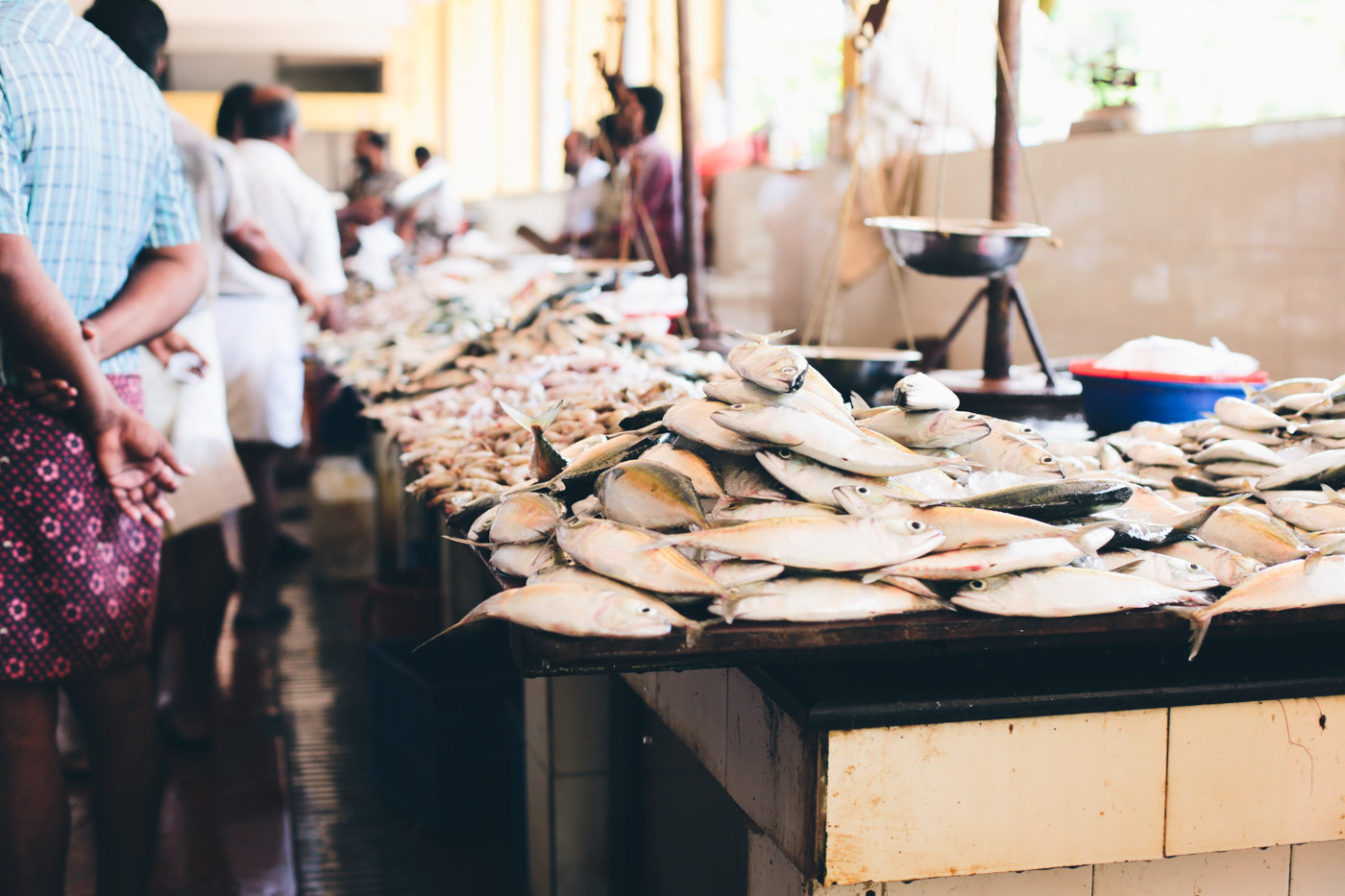
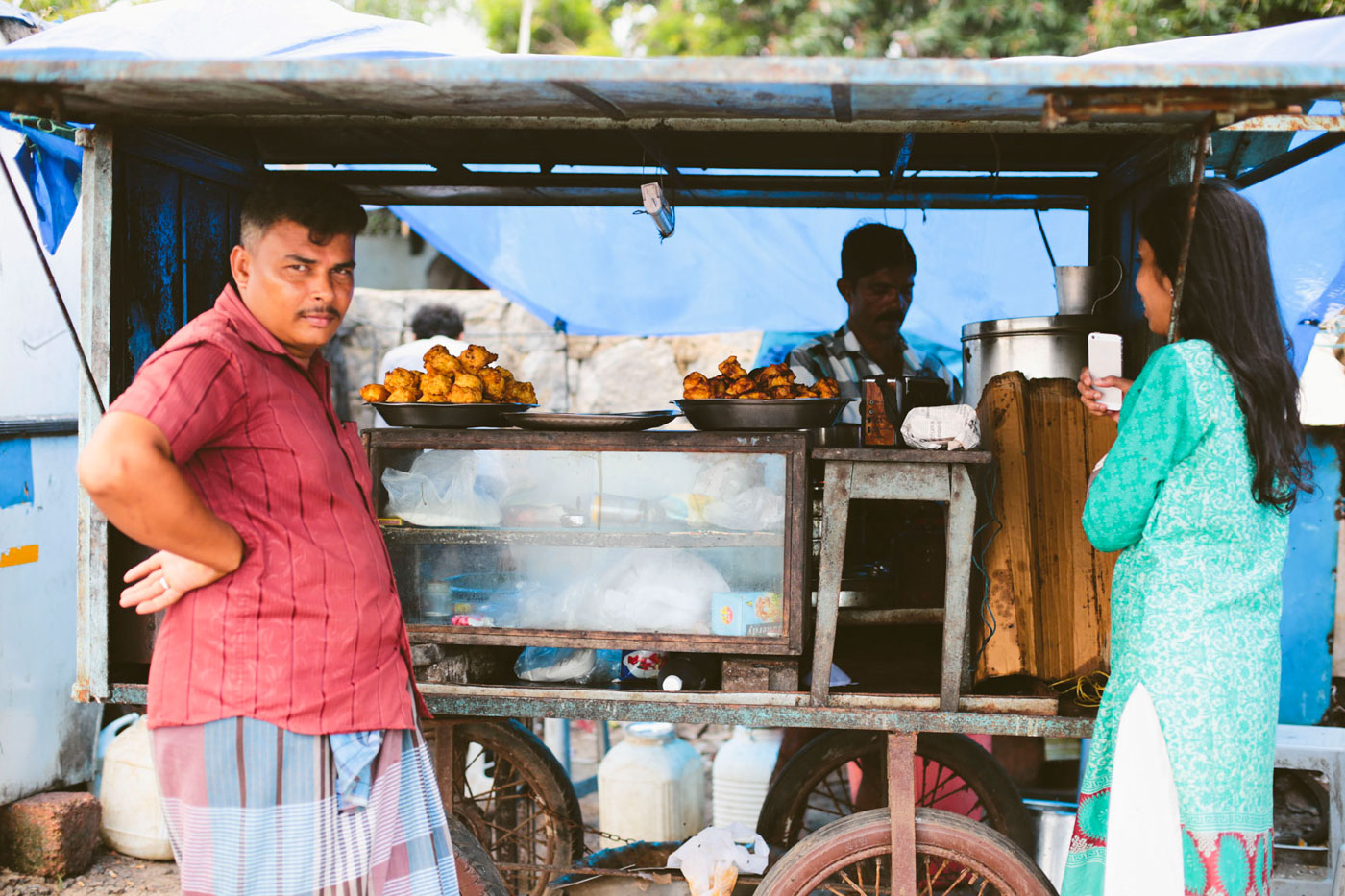





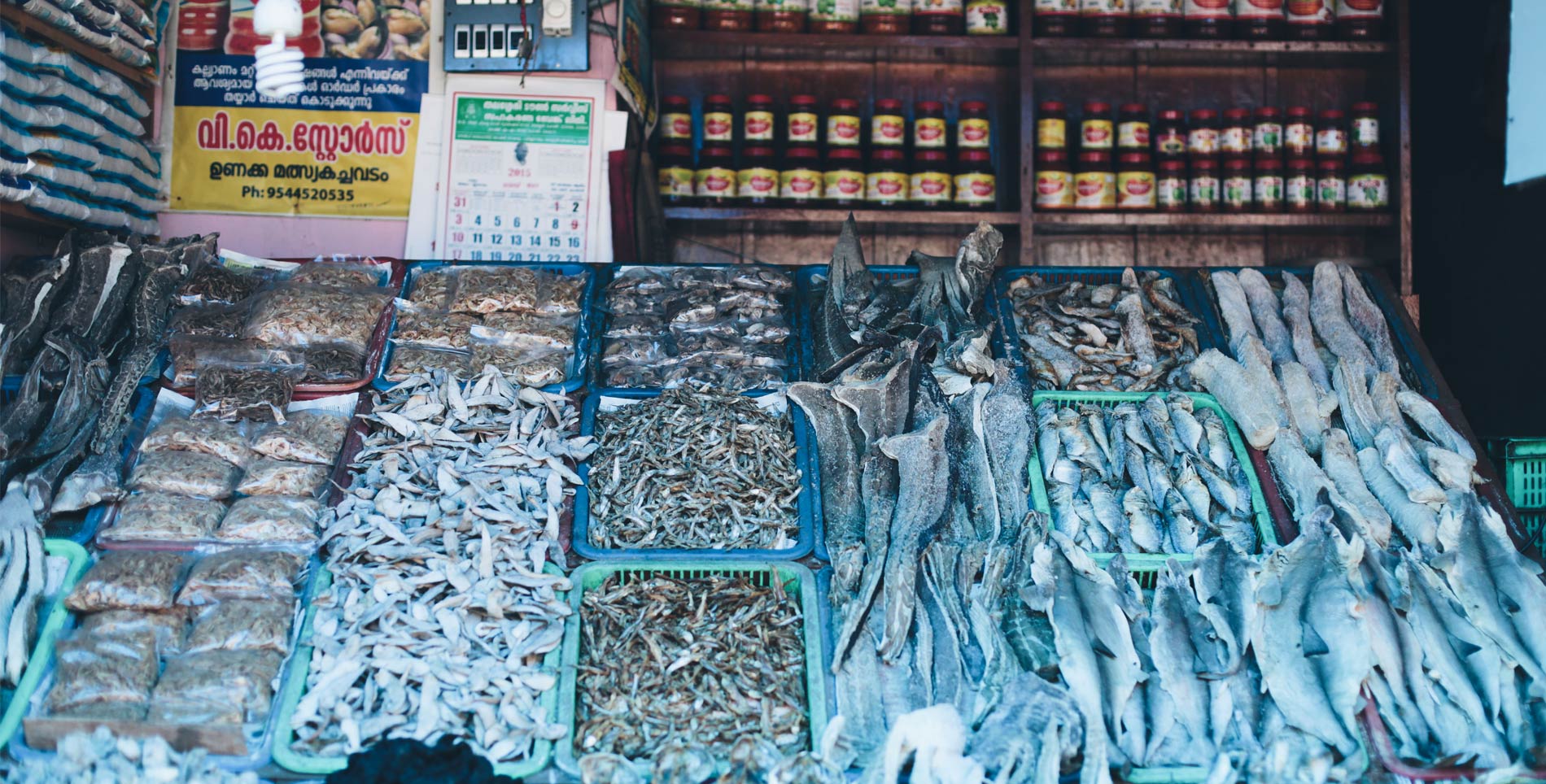

Our comments section is for members only.
Join today to gain exclusive access.